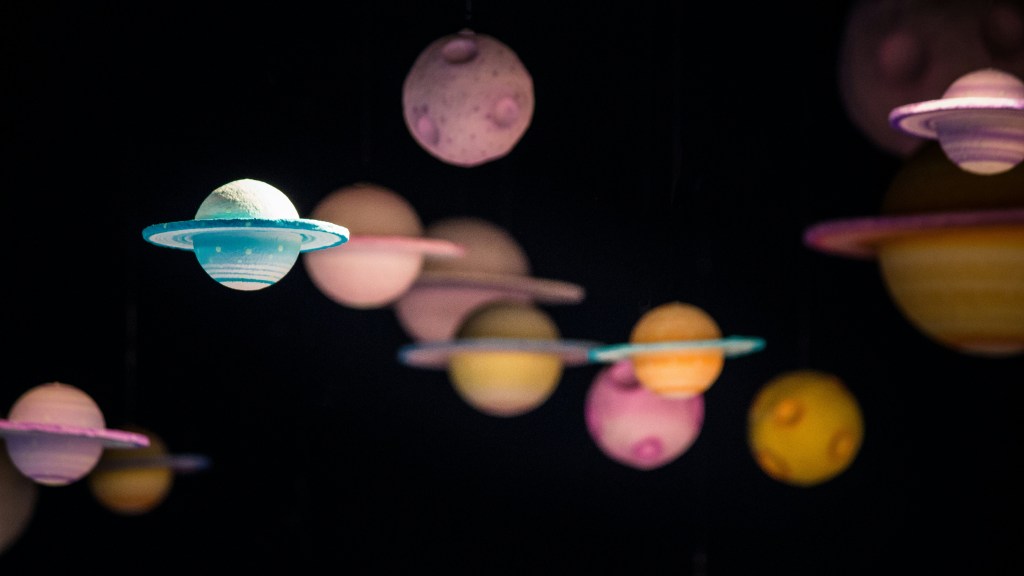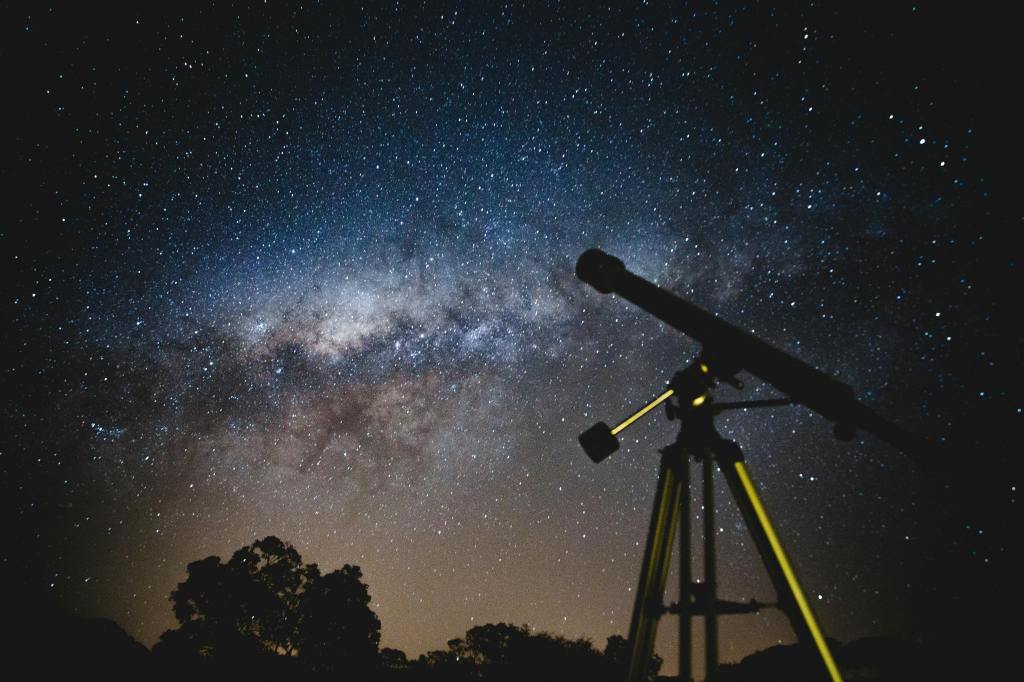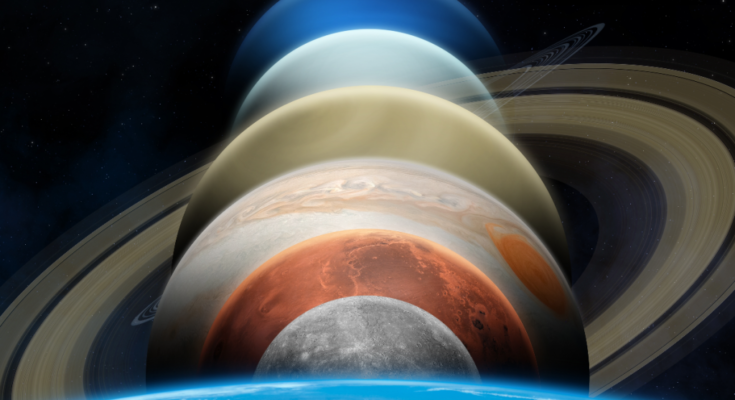If staring up at the stars is your thing, you will want to check this out. In the pre-dawn sky tomorrow, August 28th will be a rare sight. Six of our solar system’s planets will perfectly line up to create a planetary parade.
Planetary Parade You Don’t Want To Miss
Incredible events like this don’t happen every day. Daily Galaxy says this will be “the first large-scale planetary alignment since June 2024.”
Now, you may be wondering what exactly a planetary parade is. First, a planetary alignment is when two or more planets line up in the sky. To be considered a parade, there needs to be at least five planets in alignment. Additionally, this alignment has to be visible from Earth.

While smaller alignments are more common, large-scale alignments are rare. This means that this event tomorrow is something you do not want to miss. Tomorrow, six of the planets will be in alignment—Mercury, Mars, Jupiter, Uranus, Neptune, and Saturn.
When To See This Alignment
Whether or not these planets align depends on the length of each planet’s orbit around the sun. While these planets are usually scattered far and wide, this planetary parade allows us to see them all together. It also helps shed light on how interconnected our solar system truly is.
The best time to see the alignment is about an hour before sunrise. However, if you are not a morning person, do not fret. The alignment should be visible for a few days afterward as well. Additionally, the more removed from light sources you are, the better your view will be.
While you can see Mercury, Mars, Jupiter, and Saturn with your naked eye, you will need a telescope to see Neptune and Uranus. The NY Post shared that the planets will be visible at different times and appear in different colors.
How To Tell Which Planet You’re Looking At In the Planetary Parade

The NY Post added great details on what to look for regarding certain planets in the alignment. “Saturn will stroll out first. Visible in the late evening, the planet will take on a yellowish hue. Neptune comes in second, appearing near the Pisces constellation, followed by Uranus. Jupiter and Mars will rise near the waning crescent moon. Mercury will rise last and just before dawn.”
If you are staring up at the dark sky and cannot tell if you are witnessing this rare phenomenon or just the beautiful stars, there is a trick. Stars twinkle; planets do not. Jupiter should be easier to spot as it will be brighter than everything except the moon. Further, the use of astronomy apps can help you better recognize where to look for this incredible planetary parade.


